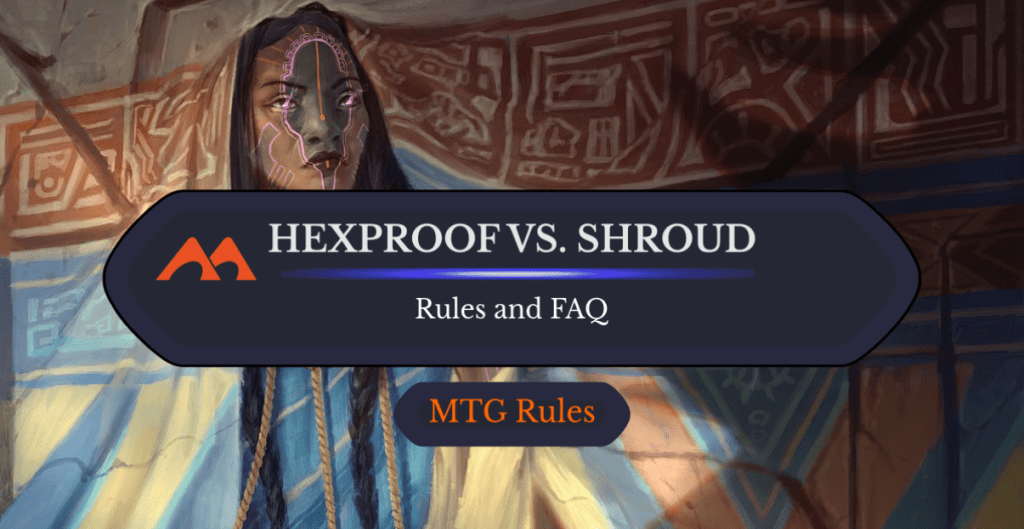
Whispersilk Cloak | art by Julian Kok Joon Wen
Shroud is one of the most straightforward keywords in MTG. Mechanics like trample or flying require that you know how blockers work and how combat damage is assigned, but shroud should be easy to grok even for new players.
A shrouded creature can't be targeted.
As simple as that. Right?
Yet shroud has caused enough headaches that the mechanic went from “fairly frequently used” in MTG's first 20 years to “let's refurbish it into a new mechanic” in the last 10. Said new mechanic is hexproof – which, according to Magic's head designer Mark Rosewater, ended up being the most problematic evergreen mechanic from a design point of view.
Let's unveil these sneaky mechanics, and spell out the differences between the two!
What Is the Difference Between Hexproof and Shroud?

Arcane Lighthouse | Illustration by Igor Kieryluk
The difference between hexproof and shroud is pretty straightforward: Your permanents with hexproof can't be targeted by your opponents, while your permanents with shroud can't be targetted by anybody (including you!).
Your permanents with shroud or hexproof behave pretty much the same way for your opponents. It's like they get a “Don't point your finger at me!” ability printed on them. Except for a couple of corner cases (more on them in a bit) your foes will treat both keywords the same way.
The difference is what you can do to your own permanents. Hexproof lets you play with your toys normally, but shroud makes them untargetable even for yourself.
Can(‘t) Target Your Own Creatures
As noted, there's exactly one difference between shroud and hexproof: whether or not you can target your own permanent.
Hexproof: You can. Shroud: You can't.
From the point of view of mechanics, you can basically ignore hexproof on permanents you control. They behave, for you, exactly like any of your non-hexproof'd permanents.
It goes without saying that there's a big difference from the point of view of strategy, of course: You always want to slap hexproof on your most valuable creatures, not on your expendable fodder, and therefore you may want to treat them differently. But from a mechanical point of view, you can pretty much ignore hexproof on your own permanents.
Shrouded permanents, on the other hand, are shrouded for everybody at the table. Nobody can target them.
This sole difference is huge, of course. You can't cast beneficial instant or sorceries that target your shrouded creatures; you can't cast auras on them; you can't even put equipment on them, since the equip action is a targeted ability.
Mass effects that affect everything will still affect creatures with hexproof or shroud, though. Neither keyword will protect against a board wipe like Wrath of God, for example, no matter who casts it.
You’ll notice that MTG rules handle “targeting” very specifically: The effect needs to literally spell out “target”. Neither shroud nor hexproof protect from effects that use a different wording. Rule of thumb: If you don’t see the word “target,” it doesn’t target.
One clear case is edict effects. In MTG lingo, edicts are spells like Sheoldred's Edict that force your opponent to choose one of their creatures and sacrifice it. Since an edict spell doesn’t say “target”, your opponents will still have to sacrifice their shrouded or hexproof'd creature if they have no other choice. Similarly, you can vote for a shroud/hexproof permanent with Council's Judgment since it doesn’t target anything.

Last but not least, shroud and hexproof are different keywords. Therefore, an effect that removes one of them won't affect the other. Shadowspear, for example, will only remove hexproof; creatures with shroud are not affected.
To remove both keywords at once you either need Arcane Lighthouse (the only card in MTG that specifically mentions the two keywords), or a mass effect that blanks all abilities, like for example Vedalken Humiliator.
Hexproof vs. Shroud: Which Is More Common?
Hexproof is twice as common as shroud. There are about 240 cards in MTG that deal with hexproof in some way, while just about 120 that mention shroud.
That's still not too common, though, when compared with other keywords: There are about 1,200 cards that deal with trample or haste, and about 3,600 related to flying.
Why is hexproof used so much more in design?
According to Magic's head designer Mark Rosewater in an article about evergreen keywords: “We created hexproof because we found players were having problems with shroud. They understood that their opponents couldn't target their creatures but didn't get that they couldn't either. The intuitive belief seemed to be that your abilities only help you and not hurt you. We saw enough players doing this during various phases of testing that we decided to change shroud into a keyword that acted the way players thought shroud worked.”
In short: Hexproof seems more intuitive to a large enough number of players.
Which Came First?
Shroud came nearly 20 years before hexproof.
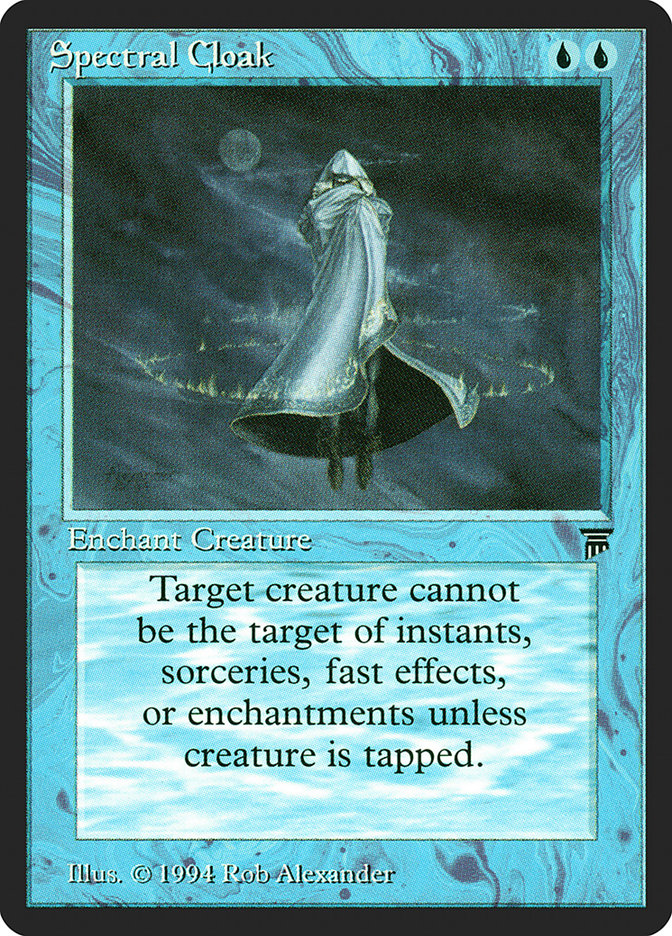
The first card with the shroud mechanic (although it wasn't keyworded as “shroud” yet) was Spectral Cloak, all that way back from Legends in 1994.
The mechanic later reappeared on several cards, including Onslaught‘s True Believer that gave shroud to players, and the infamous Lightning Greaves debuting in 2003’s Mirrodin. The mechanic was formally keyworded as “shroud” in 2007’s Future Sight.
But as Mark Rosewater notes, shroud was too confusing for players and thus the MTG designers introduced hexproof in 2012. “Obviously,” Rosewater writes, “adding hexproof meant shroud had to go.”
Shroud is still supported; some shroud cards are fairly popular across formats (like Lightning Greaves, Whispersilk Cloak, and Argothian Enchantress in Commander, or Steely Resolve in Legacy), and the keyword may show up again from time to time as it did in Modern Horizons.
But it has largely been obsoleted by hexproof and, as of late, also by ward as another way to protect permanents from being targeted while leaving them vulnerable to effects that affect all permanents, or use wording that circumvents the explicit use of the word “target”.
Wrap Up
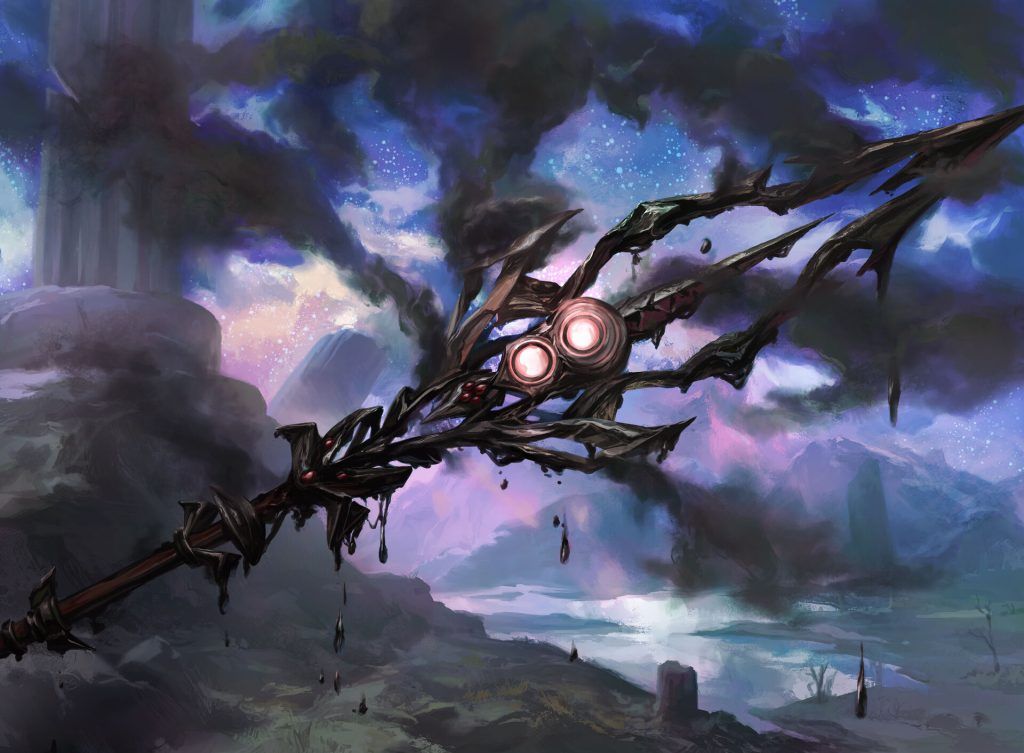
Shadowspear | Illustration by Yeong Hao Han
And there you go: The only difference between shroud and hexproof is that you can target your hexproof'd permanents, but can't target your shrouded permanents.
This difference is huge from the point of view of strategy and deckbuilding, but very simple as far as mechanics are concerned.
If you have further comments or questions please drop a comment below, stop by the Draftsim Discord for a chat, or ping me on the social network formerly known as Twitter.
And good luck out there!
Follow Draftsim for awesome articles and set updates:
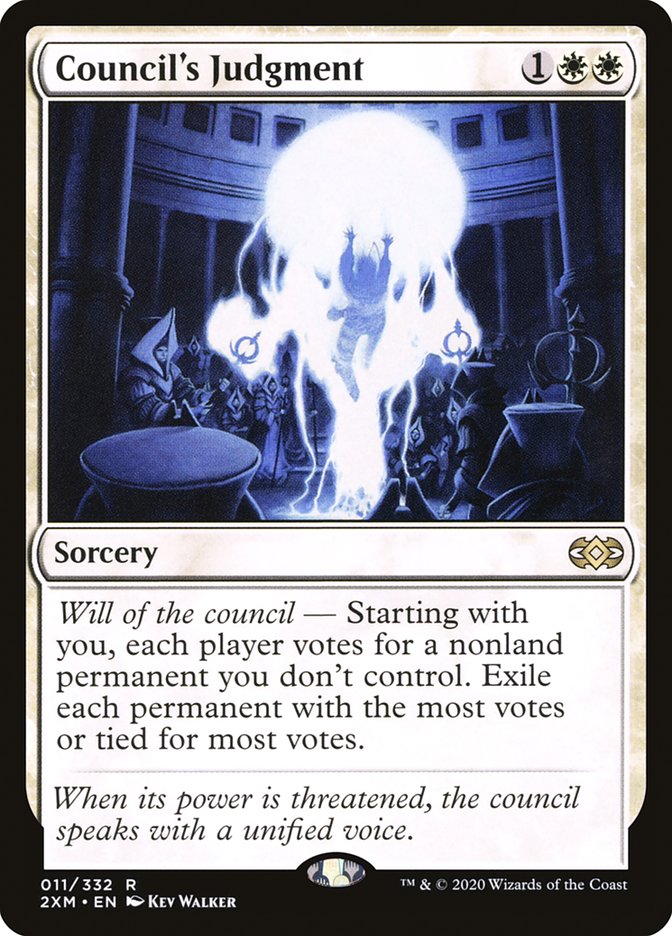
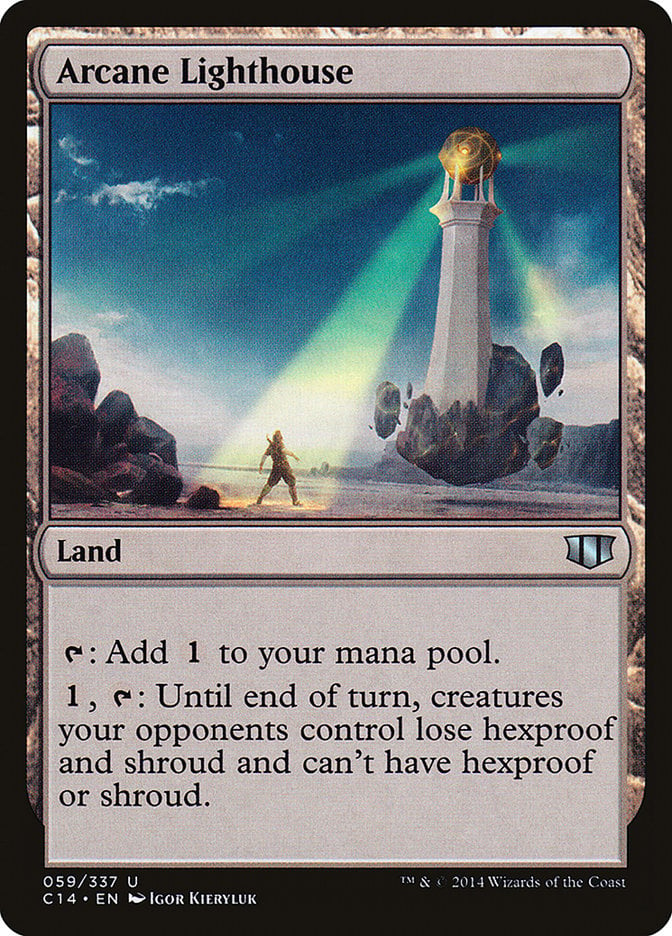
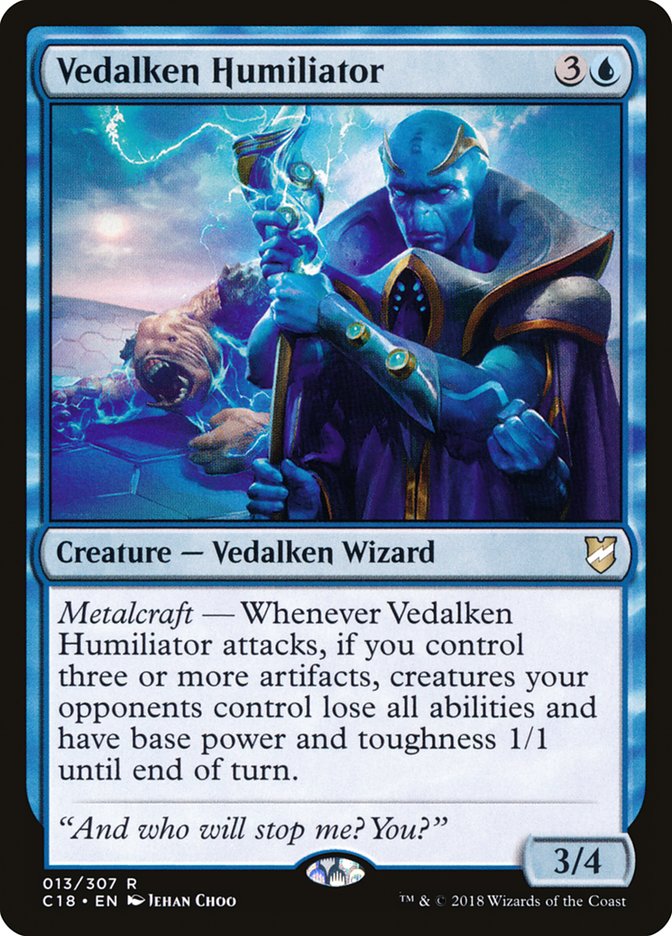
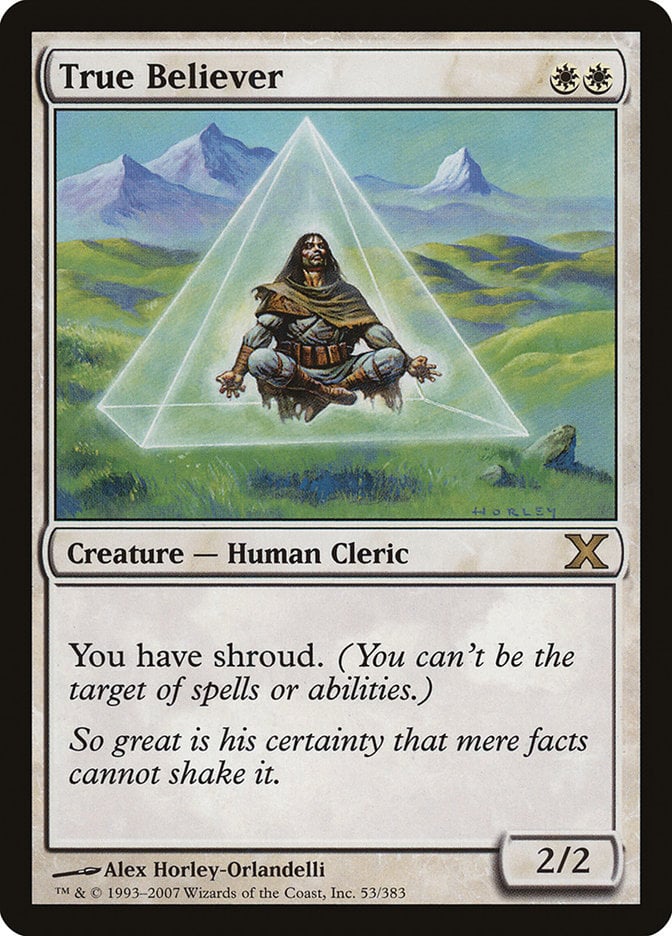
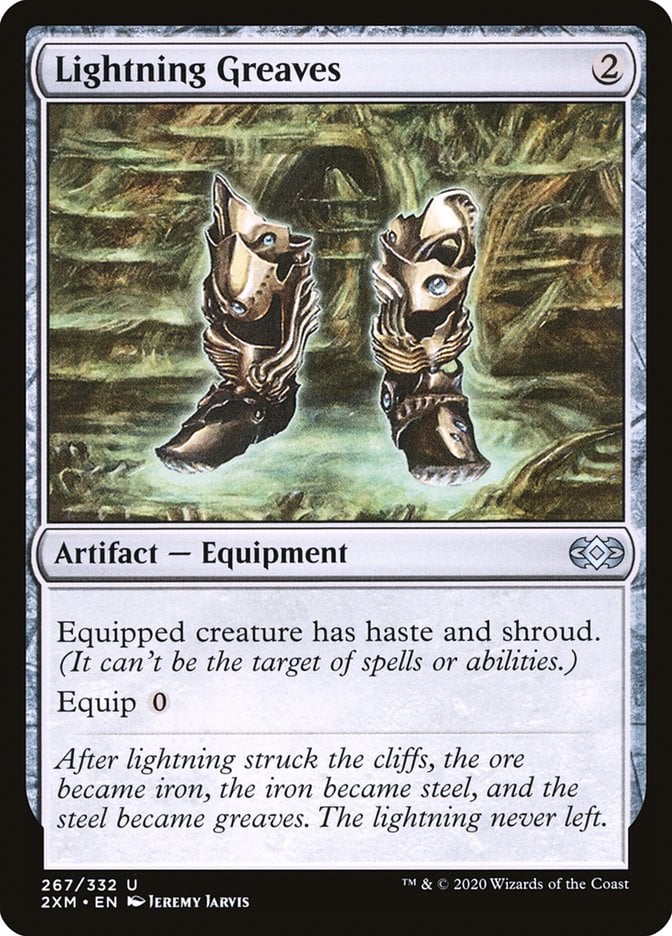
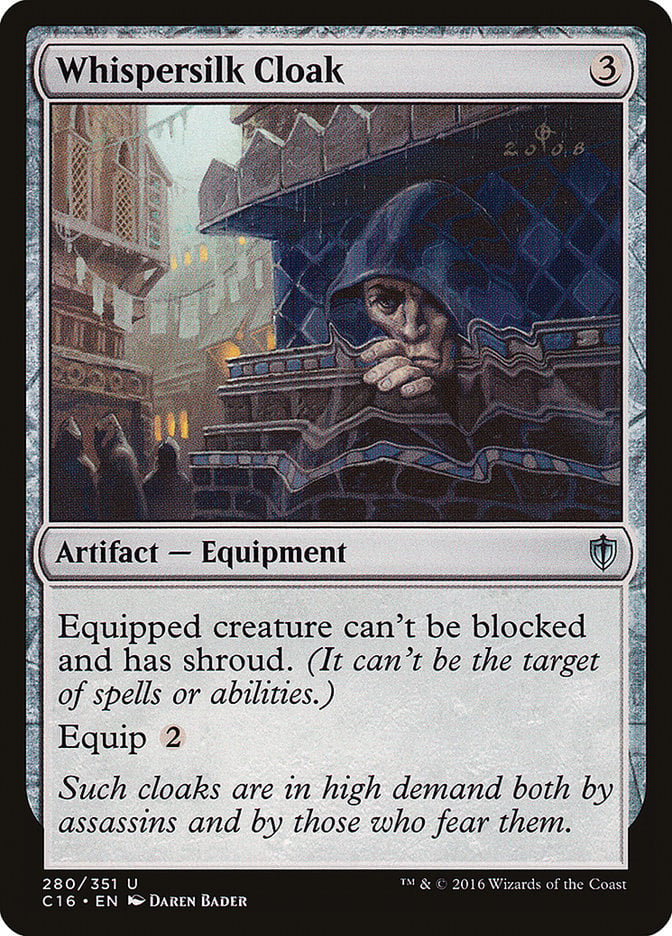
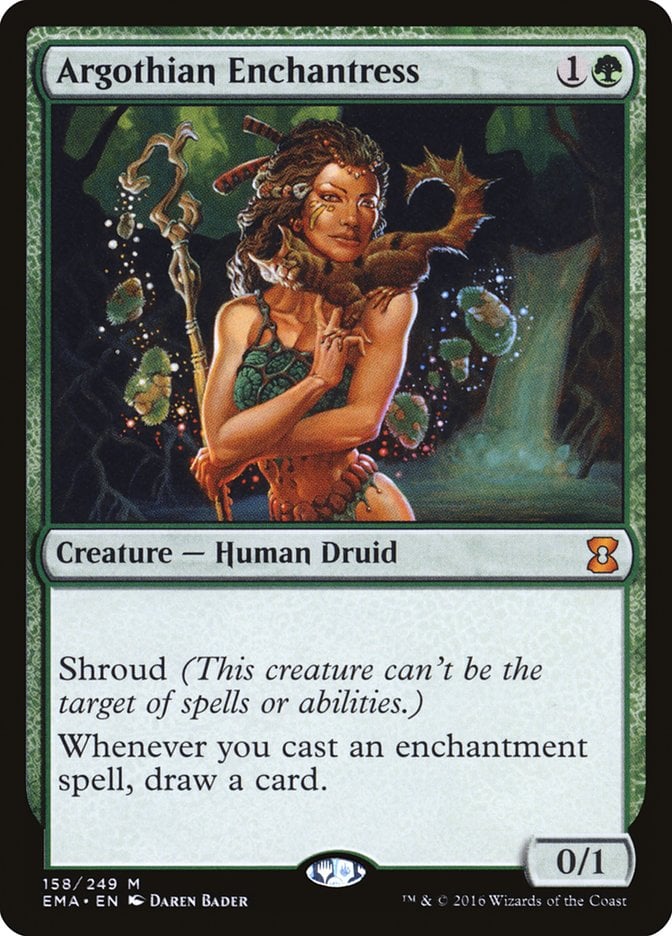
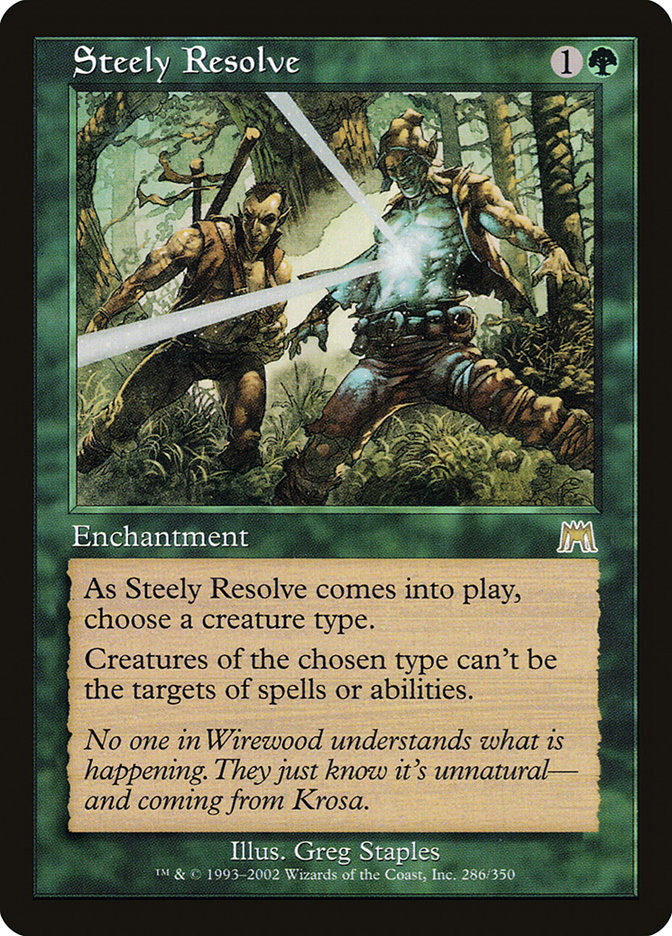


Add Comment